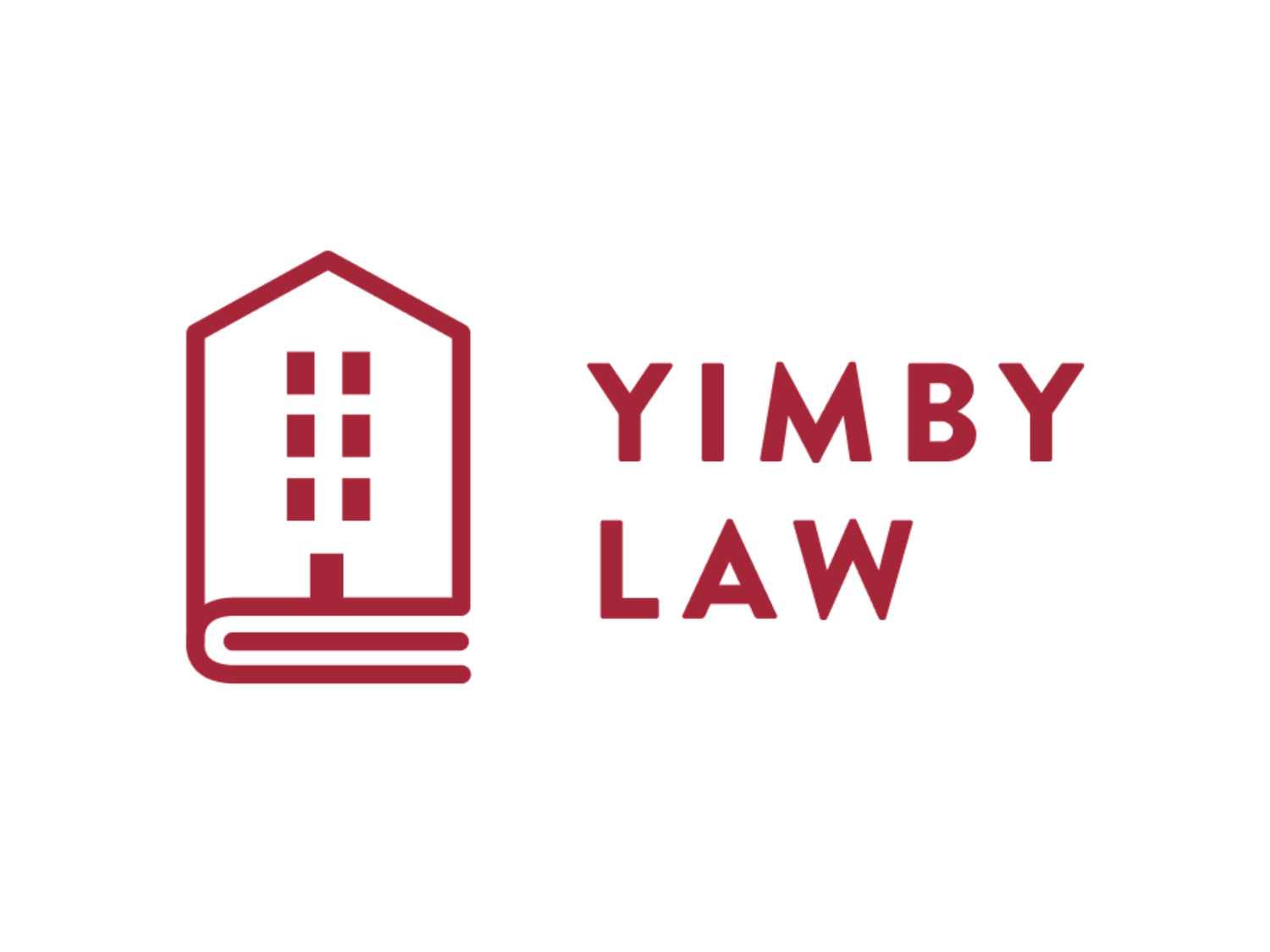Housing elements waste everyone’s time tilting at windmills. The legislature could repeal the zoning enabling act, or at least set a minimum maximum density for urban regions; instead it has chosen to fight local bureaucracy with state bureaucracy. Site inventories must pretend to predict the future, when the future follows no plan. Housing advocates are relegated to playing Sancho Panza, counseling HCD’s regulators-errant to scrutinize countless sites in the hope that their local ínsulas might be ordered to legalize housing. In 54 years, this system hasn’t solved the housing crisis, and it’s reasonable to ask if it ever will.
If YOU’re Explaining, YOU’re Losing
It’s troubling that the system generates so many questions about procedure. Good procedures go largely unnoticed. Bad procedures steal attention from the substance of the law.
Since our last post, HCD published a compliance memo clarifying the procedures for adopting a housing element. (Gov. Code § 65585.) HCD reads the statute like we do. Local governments must submit at least one draft housing element for a 90-day review before they can adopt, and whichever housing element they adopt should have been reviewed by HCD. Housing elements should not be revised willy-nilly between review and adoption.
Section 65585 isn’t the only law on adopting a housing element. As we wrote in our last post, there’s a whole article of planning law governing general-plan revisions, which all housing elements are. Among other requirements, there’s supposed to be a “written recommendation” from the planning commission to the city council or board of supervisors (§ 65354), “at least one public hearing” (§ 65355), and a four-amendment annual limit (§ 65358, subd. (b)).
As local governments scramble to block the builder’s remedy for fear of by-right affordable housing, HCD seems to be letting these more general requirements slide. To cite one example, HCD certified Oakland based on “modifications” that the Oakland City Council never voted to adopt. What happened was that Oakland “authorize[d] staff to make non-substantive changes” on p.6 of its adopting resolution (filed “January 32”). But any changes required to “achieve certification,” as Oakland intends, are necessarily substantive. To our knowledge, there wasn’t a hearing on these revisions.
Berkeley, Glendale, La Habra, Santa Rosa, and surely others have had staff modify their adopted housing elements, too. That’s probably okay for correcting a typo. It isn’t legal for bringing a housing element into compliance. But we’re deep into arguments about procedure here—traditionally the province of nimby litigants trying to block change. We need change, and for that, we’re going to need a better system.
What’s Stopping the Priced-Out Majority?
According to the Terner Center, the majority of California renters are overpaying for housing: the housing “market,” thoroughly rigged by minimum lot-size requirements, no longer provides enough supply for the middle class to spend less than a third of its income on rent. One would expect a cost-burdened majority to have some political sway, and that does seem to be true in Sacramento—it’s also true in red-state capitals such as Billings and Tallahassee. So what’s the holdup here?
California’s political paralysis has much to do with 39 million people being divided, unevenly, into 539 local governments. Few of these are true cities, the time-tested kind who coalesce over centuries. Out of 482 incorporated cities—58 local governments are counties, and San Francisco is both a city and a county—370 were incorporated after 1900, and 199 were incorporated after World War II. Most are better described as municipal corporations, for they behave more like corporations than like real cities.
The real function of the housing-element law is to delegate the need for political courage from the state to these 539 municipal corporations. The problem is that corporations are cowardly. Being corporations, they’re more attuned to looking for loopholes.






